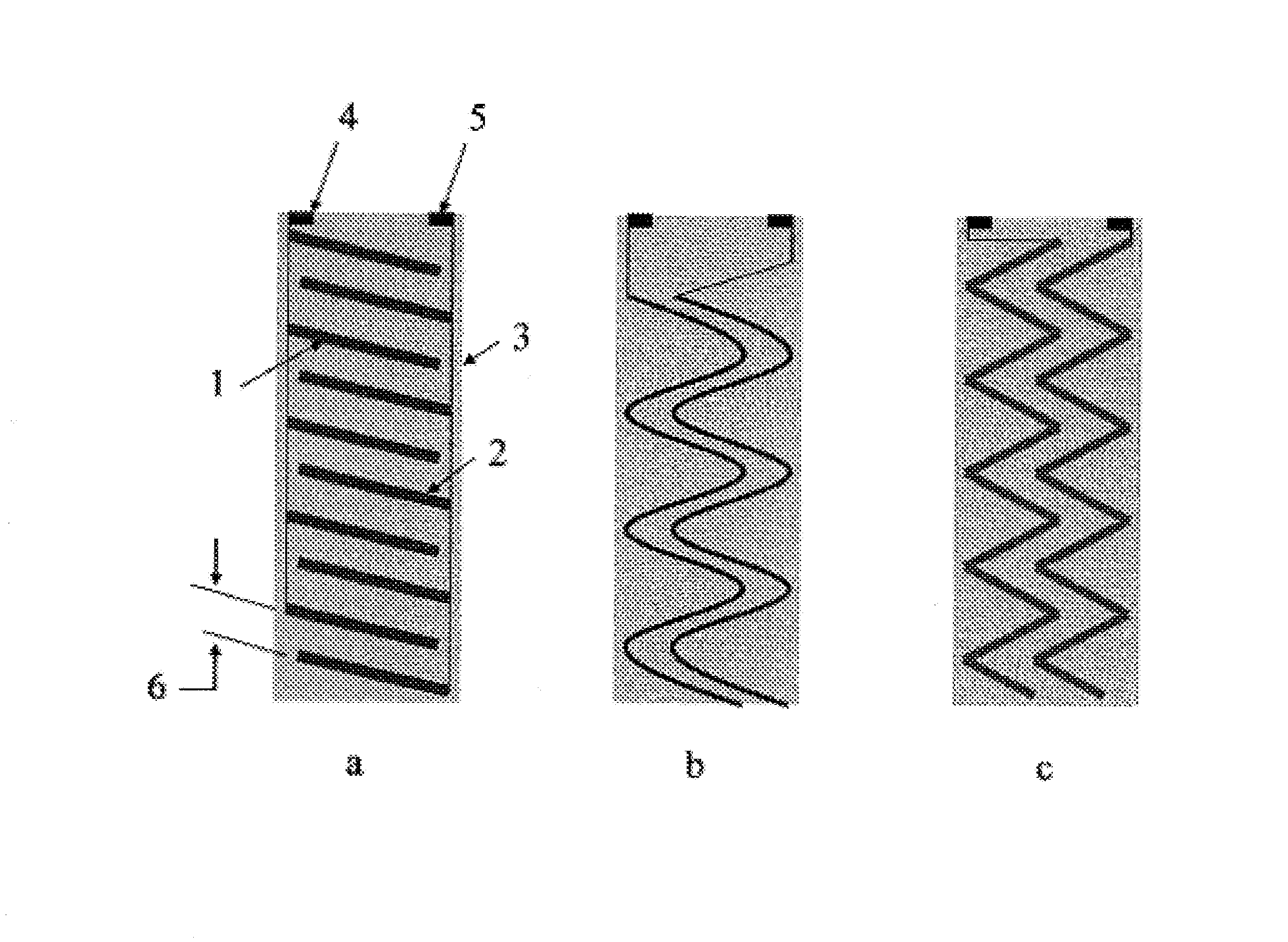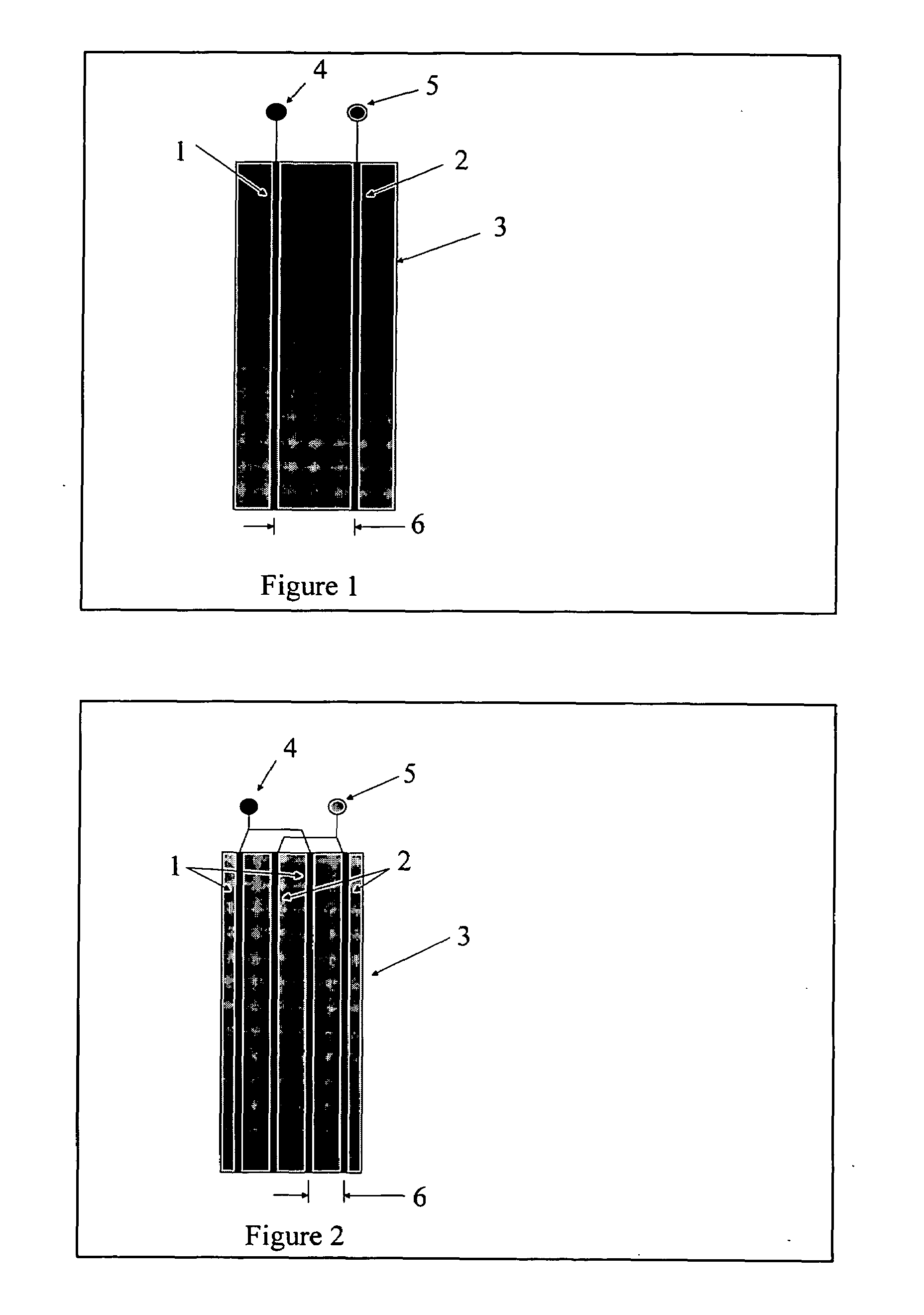Isolated capacitive fluid level sensor
a capacitive, fluid level sensor technology, applied in liquid/fluent solid measurement, instruments, machines/engines, etc., can solve the problems of corrosion and electrical conductivity, and achieve the effect of reliable separation of sensing elements, low cost and easy addition
- Summary
- Abstract
- Description
- Claims
- Application Information
AI Technical Summary
Benefits of technology
Problems solved by technology
Method used
Image
Examples
Embodiment Construction
[0032]A first preferred embodiment of the present invention enables the measurement of fluid level when the fluid is contained within a vessel that has at least one wall made of a dielectric material. An application of a fluid level sensor of the first preferred embodiment is shown in FIG. 6, and described more fully in a subsequent paragraph. Vessel 9 may be a marine holding tank, designed to hold waste water until an appropriate time for discharge. Level information is helpful in order to discharge the waste water at an appropriate time and location. Configuration of a capacitive sensing element according to the present invention provides the advantage of separation of the sensing element from a corrosive waste fluid. A sensing element is used that can take any of several forms, depending on the requirements of the application. A version of a sensing element of the first preferred embodiment is shown in FIG. 1. A set of electrically conductive electrodes 1 and 2, comprise the sens...
PUM
 Login to View More
Login to View More Abstract
Description
Claims
Application Information
 Login to View More
Login to View More - R&D
- Intellectual Property
- Life Sciences
- Materials
- Tech Scout
- Unparalleled Data Quality
- Higher Quality Content
- 60% Fewer Hallucinations
Browse by: Latest US Patents, China's latest patents, Technical Efficacy Thesaurus, Application Domain, Technology Topic, Popular Technical Reports.
© 2025 PatSnap. All rights reserved.Legal|Privacy policy|Modern Slavery Act Transparency Statement|Sitemap|About US| Contact US: help@patsnap.com



